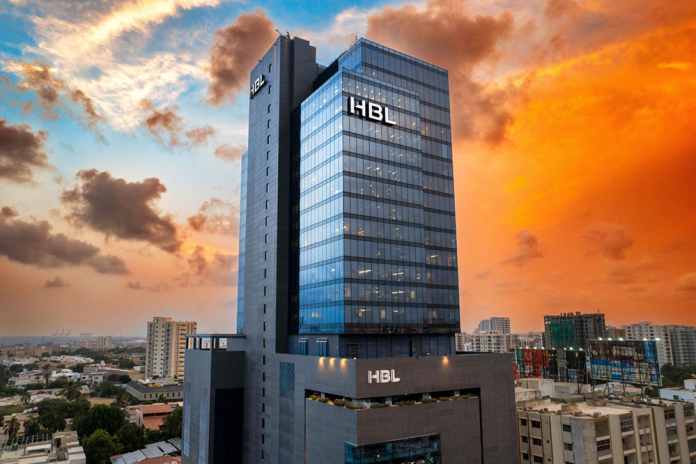The HBL Pakistan Manufacturing PMI clocked in at 48.0 in September, down from 50.1 in August, marking the first sub-50 print since the series began in May 2024. A reading below 50 signals a contraction in manufacturing activity. The downturn was led by a record decline in new orders with manufacturers citing floods as the primary drag on the sector.
With demand weakening, firms scaled back employment for the fourth straight month, pointing to lower workloads and cost-saving efforts. Work backlogs were also reduced as companies focused on fulfilling existing orders, although the pace of depletion moderated compared to June.
On the cost side, input prices rose sharply, with firms attributing the increase to higher electricity costs and flood-induced supply constraints. In response, firms raised prices at an even quicker pace.
Commenting on the release, Humaira Qamar, Head of Equities & Research, noted “Despite the September setback, manufacturers remained optimistic about output growth over the next 12 months. That said, business confidence eased to a three-month low amid concerns over prolonged inflationary pressures and a subdued domestic economy. While Large-Scale-Manufacturing output was up 9% y/y in July, the latest PMI data suggests emerging headwinds for the sector. Nonetheless, we maintain a sanguine outlook on the domestic economy, on the back of more favorable global conditions as well as milder-than-expected flood-related damage to the industrial sector. Although CPI-based inflation is projected to move up in the near-term, we view these pressures as transitory and expect them to ease as supply-side constraints gradually unwind.”
Prior to the floods, Pakistan’s PMI held up well in a global context, ranking amongst the 10 emerging economies out of 18 surveyed with a reading above the neutral 50 mark. This was despite headwinds posed from U.S. tariffs.


